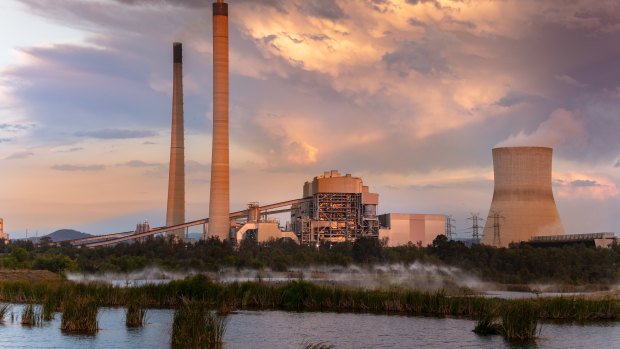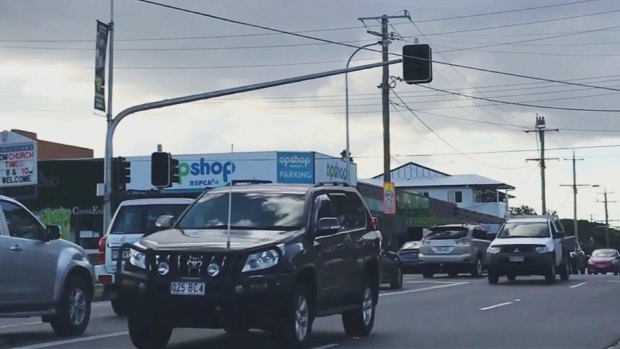This was published 4 years ago
Callide Power Station to return to full service after ‘limited’ damage
By Felicity Caldwell and Cloe Read
Power has been restored to all homes and businesses after an explosion at a Queensland power station which then caught fire, leaving more than 400,000 properties without electricity on Tuesday.
A day after the outage at the Callide Power Station, Labor politicians talked up the benefits of Queensland’s power companies remaining in public ownership.
The station was expected to have “limited damage”.
A CS Energy spokeswoman said the investigation into the explosion and fire would take “significant time”.
“No conclusions can be made at this stage. However, there is no indication that it relates to a cyber security breach,” she said.
The Australian Energy Market Operator urged Queenslanders to reduce their power usage on Tuesday night, warning of rolling blackouts of one to two hours, but the alert was later cancelled.
Premier Annastacia Palaszczuk said Callide was one of Queensland’s youngest power stations, built in 2001.
“I am advised damage is limited, and we expect it to return to full service,” she said on Wednesday.
Energy Minister Mick de Brenni said the Australian Energy Market Operator was confident there would be sufficient supply to meet demand going forward.
He said while originally load shedding overnight was a possibility, it was not required.
“The network is now stabilised, meaning Queenslanders can be confident in reliable supply,” he said.

Fire ripped through Callide Power Station, blacking out 400,000 customers’ homes in Queensland.Credit:
During question time at Parliament, LNP energy spokesman Pat Weir asked whether the payment of dividends from government-owned corporations such as CS Energy to the government had led to under-investment in maintenance and the fire at the power station.
But Energy Minister Mick de Brenni said maintenance work was done on all power stations.
“It was purely the reason that we were able to get the power back on to hundreds of thousands of households yesterday – because Queenslanders own their assets, their generation, they own their transmission, they own their distributors,” he said.
“Operations and maintenance have been conducted in line with statutory requirements, with the most recent overhaul completed in August 2020.”
He said firefighters handed over the site to senior management at midnight and an investigation had begun.
Mr de Brenni said the incident showed the amount and diversity of capacity in the system, including pumped hydro.
“Queensland generators, including our publicly-owned Wivenhoe pumper storage and Swanbank E, came online and provided more supply to the network,” he said.
He said more than 300,000 homes and businesses had their power restored within a few hours.
Treasurer Cameron Dick said the loss of supply from an entire 1.5 gigawatt power station in just 21 minutes was “unprecedented”.

Traffic lights blacked out in Sherwood, Queensland, during the power outage.Credit: Nine News
“To protect the integrity of the network in central Queensland, supply from Gladstone, Stanwell and Yarwun power stations was also taken offline, meaning a loss of 2300 megawatts that affected 440,000 households across the state,” he said.
“But after interruptions to supply across much of the system yesterday afternoon, there was no further loss of supply during last night’s peak, and our system is gradually recovering - as it is designed to do.”
Mr Dick said Queensland’s electricity network was designed to deal with interruptions as the state was exposed to outages caused by natural disasters.
“The ability to be agile, to adapt and adjust is built into the design of our publicly owned energy companies, from generation to transmission and distribution,” he said.
“The resilience that is built into that system is not ‘gold-plating’ as some would put it, but an investment in ensuring the reliability of our energy supply.”
Earlier on Wednesday, Queensland Senator Matt Canavan said Australia’s “neglected” power system led to the outage.
“We’ve been holding our energy system together with gaffer tape for the last few years and yesterday it snapped,” he told Nine’s Today show.
“It is not good enough that one event can cause an entire system to go down.
“We are now told this could be out for years.”